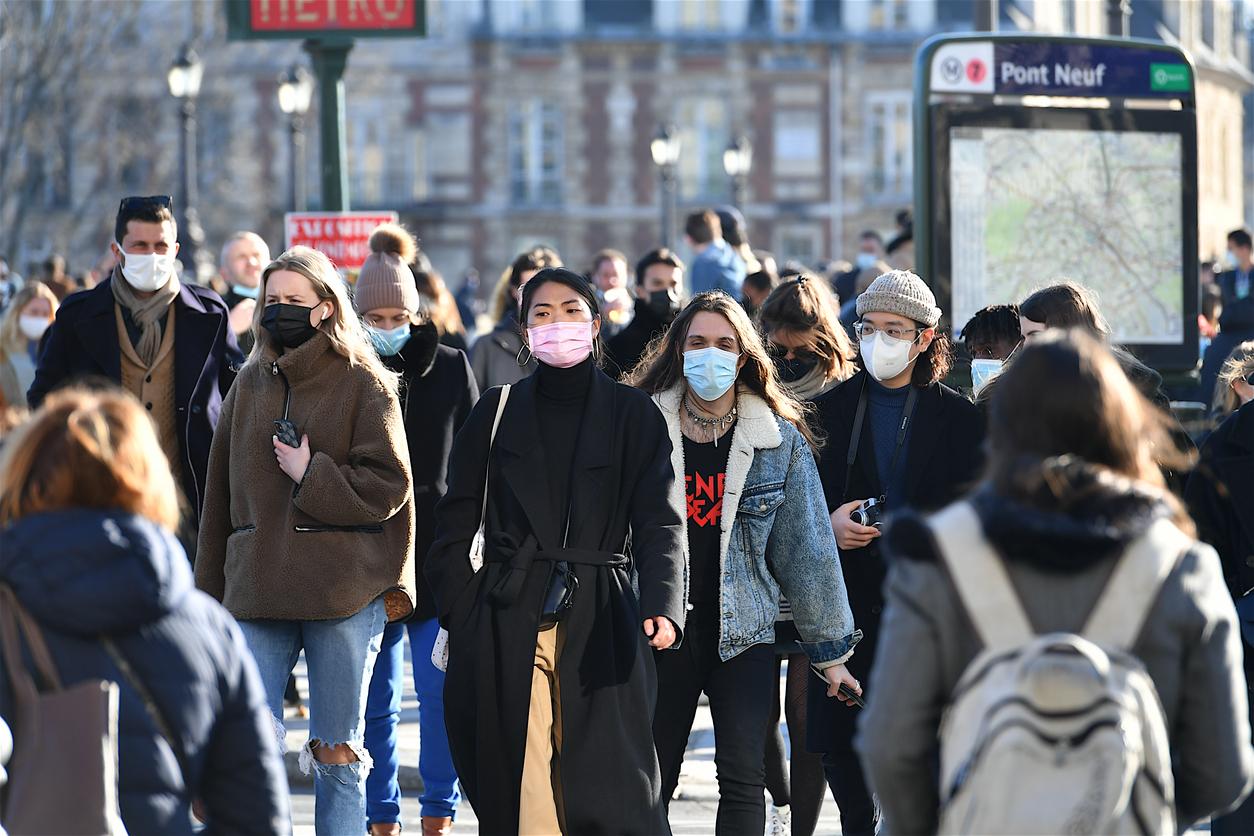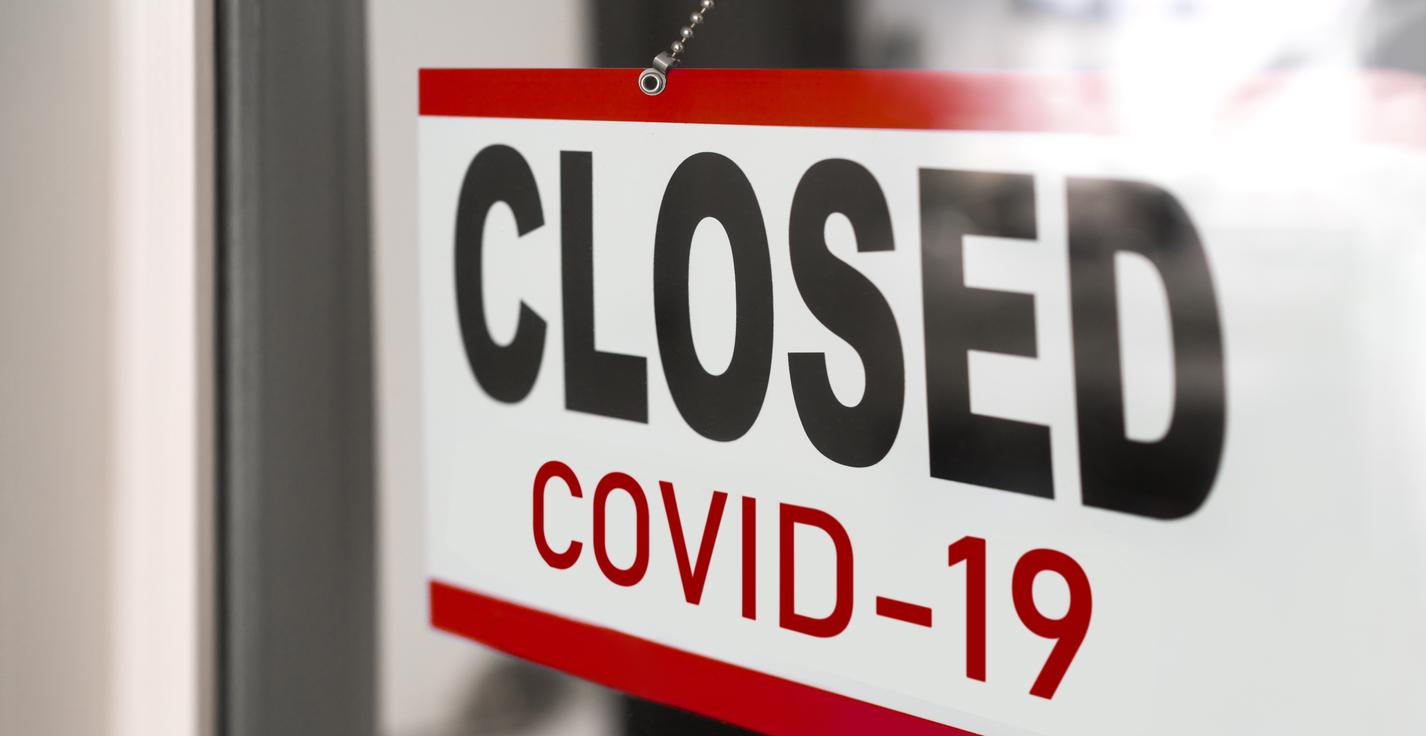A psychiatric hospital in Val-d’Oise has just been denounced for “illegal imprisonment practices” of patients who are nevertheless “hospitalized in free care”, Le Monde reports this June 19. In his “Recommendations” published in Official newspaper Friday June 19, the Controller General of Places of Deprivation of Liberty (CGLPL) warns of “serious violations of the fundamental rights of hospitalized people” who were there observed during the health crisis due to Covid-19. To better understand the situation of psychiatric hospitals during the confinement period, Nicolas Meton, psychiatrist in charge of a 15-bed unit at the Paul Guiraud hospital in Villejuif (94) tells how the reception units were reorganized at the peak of the epidemic.
Government recommendations difficult to implement
Psychiatry, a big oblivion of the Covid crisis? In any case, this is the message sent through a forum signed by a hundred doctors at the beginning of last April, at the height of the epidemic. Their observation: patients oblivious, degraded care with confinement, disrupted care with the closure of day hospitals, the end of outpatient activity, hasty exits to free beds.
The psychiatric hospital thus paid the price for instructions that were difficult to apply, lack of equipment and nursing staff. “We have been recommended to reduce patient visits to the CMP as much as possible in order to limit the risk of contamination in waiting rooms. At the same time, new requests for support were still running. We have therefore favored teleconsultations for the less serious patients and despite everything we see in person urgent situations and new patients.“, says Nicolas Meton.
In anticipation of an influx of patients requiring hospitalization, “we rushed out of the less physically fragile by arranging so that they are obviously not alone at home“, continues the psychiatrist, who explains the establishment of close monitoring by teleconsultation in order to ensure the stabilization of the mental disorder despite early discharges from the hospital. But certain pathologies, intense delusional episodes, did not allow it. No, as are patients who have attempted suicide or bipolar patients going through an acute phase.
Bunkerization of units and individual quarantine: an absolute necessity
In this context, the hospital continues to operate, but a reorganization quickly becomes necessary. “We had to review everything: stop going back and forth between services, closing some outpatient facilities such as day hospitals or social reintegration assistance structures, putting fragile or elderly staff into teleworking” explains Nicolas Meton. The patients are distributed, the doctors assigned to a single unit to limit as much as possible the possible circulation of the virus between the departments. “We crossed our fingers not to all fall ill at the same time, especially since we were only half the number of psychiatrists.“. And there was this necessary measure: the temporary quarantine.
“You should know that in the psychiatric hospital, there are few single rooms. Most are double, even triple or quadruple: if a patient has Covid-19, it is a safe bet that the whole department catches it. Unlike a conventional medicine department, psychiatric inpatient units have common living spaces where the transmission of the virus is facilitated “.
The hospital is redesigned from A to Z, with “bunkerized” units. The psychiatrist continues: “We have completely emptied a unit in order to transform it into an incoming unit: each person is in septic isolation in their room for five days. This is not usual, but we are obliged to protect the rest of the patients and the staff. .“He points out that, of course, patients in septic isolation are controlled, followed rigorously clinically, properly treated, and some benefit from a prescription of sedatives a little higher than usual to calm down. “These new quarantine measures can be relatively anxiety-provoking for the patient, in particular when he is in full delusional decompensation. Many of them were unable to comply with the barrier measures during the acute phase of the episode.“The use of septic isolation was therefore essential in a number of cases,” he explains.We had a lot of requests from the outside, with people who did not live well in confinement, delusional flashes, extreme anxieties, decompensations of chronic mental illnesses: and no other choice but to hospitalize them.“But at each entrance we took the risk of contaminating a space that evolves behind closed doors to protect itself from the virus.
System D in the psy hospital
Patients flock, the confinement of new arrivals is five days because “we could not have done more, in terms of available beds, even if the incubation of Covid-19 can last up to 15 days“. Then they are integrated into the downstream units and taken care of by the nursing staff. This isolation measure is necessary. At this stage, at the very beginning of the epidemic, the hospital is poorly endowed:”We initially didn’t have much to protect staff or patients. The masks did not arrive until a second stage. We disinfect everything with our own cleaning products. We did not have an overcoat. So we dedicated a quantity of patient pajamas, washed daily, to serve as our gowns.. When you arrived in the incoming units at that time, patients and caregivers were all dressed in pajamas! Fortunately it only lasted a few days but it still marked us“.
On the spot, “we do not have a sufficient technical platform to take care of serious Covid patients“, summarizes the doctor, to insist on the need to limit whatever costs the number of transmissions.
Read also:
- The post-containment baby boom will not take place
- Less Covid-19 in children: a link with blood vessels?
















